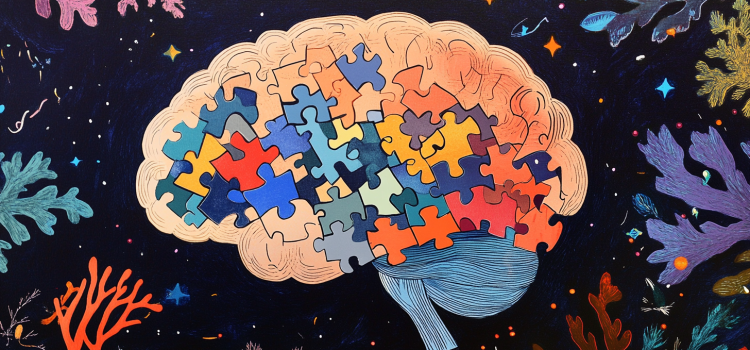What conditions make an organization resistant to new ideas? How can leaders create environments where breakthroughs flourish instead of getting stifled? In his book Seeing What Others Don’t, Gary Klein reveals how, too often, organizations are places that never give rise to new ideas. He identifies three major barriers to organizational insight and shares advice on how to build an insight-rich culture. Continue reading to explore Klein’s strategies for breaking down these barriers and leading an organization where insights thrive.
Organizational Insight: How to Create an Environment for Innovation










